Cannes Cinematography: Here Are the Cameras and Lenses Used to Shoot 49 Films

IndieWire reached out to the directors of photography whose feature films are premiering at the 2022 Cannes Film Festival to find out which cameras and lenses they used and, more importantly, why these were the right tools to create the look and visual language of these highly anticipated films.
Page 1: Competition (Palme d’Or Contenders)
Page 2: Out of Competition, Premieres, and Special Screenings
Page 3: Un Certain Regard, Critics’ Week, and ACID
Page 4: Directors’ Fortnight and Marché du Film
More from IndieWire
Cannes 2022 Deals: Sideshow and Janus Buy 'EO' in Latest Festival Acquisition
'Top Gun: Maverick' Is a Masterclass in How to Time a Theatrical Release
(Films are in alphabetical order by title.)
Competition (Palme d’Or Contenders)
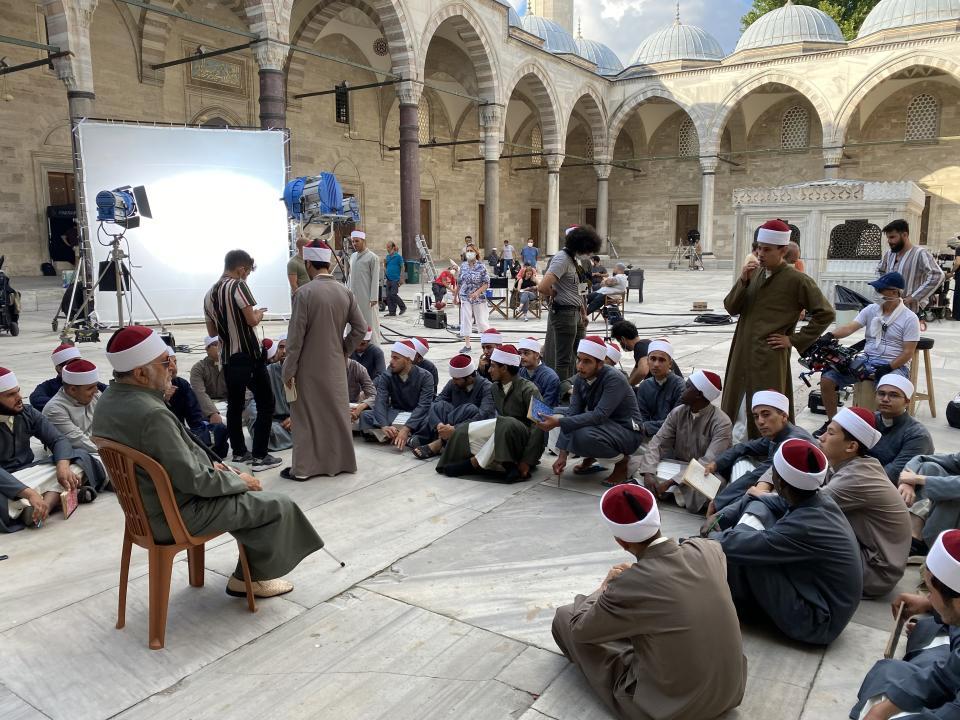
courtesy of filmmaker
“Boy from Heaven”
Dir: Tarik Saleh, DoP: Pierre Aim
Format: 4K Arriraw
Camera: Arri LF
Lens: Scorpio 40mm
Aim: “Boy from Heaven” is the third film I made with Tarik after “The Nile Hilton Incident” and “The Contractor.” To shoot Tarik’s latest film, we only used one lens: the 40mm scope Scorpio. The general idea of the cinematography of the film was to approach it as a documentary, so to stick as much as possible to the main character who discovers for the first time a world he did not know. So we had to shoot the film basically handheld. The lightness of the camera and the lens and its sharpness was useful to me. Shooting with 40mm scope means that for close-ups the camera is very close to the actors. The light is therefore influenced by this constraint and often comes from above, with fairly strong contrasts which went well with this mixture of documentary and film noir.
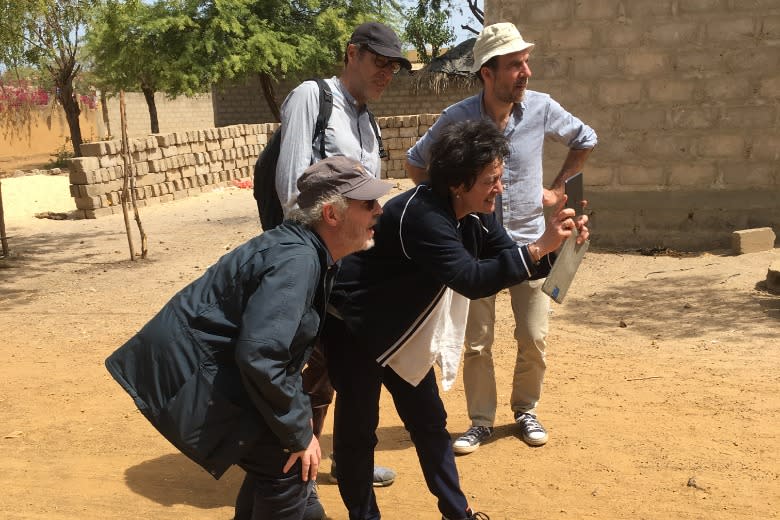
courtesy of filmmaker
“Brother and Sister”
Dir: Arnaud Desplechin, DoP: Irina Lubtchansky
Format: 3.4k Arriraw
Camera: Arri Alexa Mini
Lens: Hawk V-Lite, Angénieux Optimo 56-152MM
Lubtchansky: We made test with Arnaud with different cameras and lens. In this film, Arnaud wanted a less realistic image [than in 2019’s “Oh Mercy!”], that’s why we shot in scope ratio. We chose Arri Alexa Mini for the softness of the image and the quality of the highlights.
The shooting was very quick in natural sets and we couldn’t control exteriors. We had to manage with them. We made a lot of test of under exposure which gives substance to the image, more organic. The lens and zoom were quite light weight for handheld camera in scope, but also we liked the little distortion of the lens and the softness of them. All these tools to keep a realistic image but romantic too.
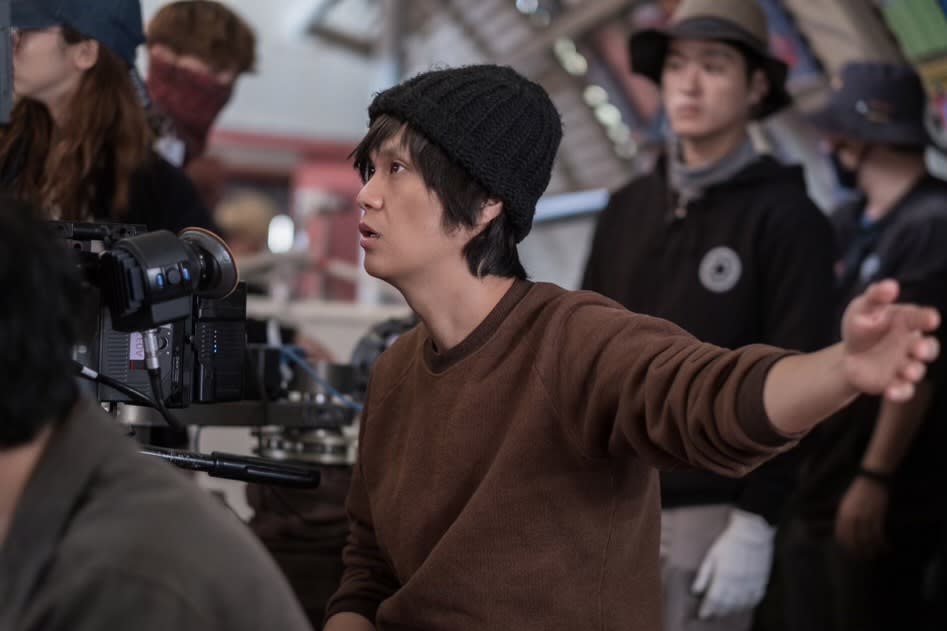
“Decision to Leave”
Dir: Park Chan-wook, DoP: Ji-yong Kim
Format: 3.4k Arriraw
Camera: Arri Alexa Mini
Lens: Cooke anamorphic; Zeiss Super Speed; Genesis Vintage ’66; Angénieux Optimo 15-40mm, 45-120mm, 28-340mm
Kim: After extensive test, we chose Cooke Anamorphic lenses for the most use. Its subtle and soft (but not too soft) quality matches nicely with the enigmatic tone of the story and also with Alexa sensor. Especially 135mm falls apart beautifully wide open, so there are carefully chosen eight wide open close-up shots in the film. I did not want to overuse it.
“The Eight Mountains”
Dir: Felix Van Groeningen and Charlotte Vandermeersch, DoP: Ruben Impens
Format: 4.5K ProRes open gate
Camera: Arri Mini LF
Lens: Zeiss Supreme Primes, Angénieux FF
Impens: We went for a 1:33 aspect and were looking for a photographic spherical look but not too romantic for all the drama and close work. For the mountains and landscapes, exterior wides we wanted to use a long zoom so the big Angénieux Optima full frame was perfect and blends well with the moderns Primes.

Henry Gabriel
“Forever Young”
Dir: Valeria Bruni Tedeschi, DoP: Julien Poupard
Format: Arriraw
Camera: Arri Alexa Mini
Poupard: I shot mostly with a vintage zoom 25-250mm Angénieux HR. I shot most of the film with dolly and zoom. I tried to use them like you would with handheld. With dolly and zoom, I tried to improvise with the actors to let them be free and to consider the camera like an actor of the film.
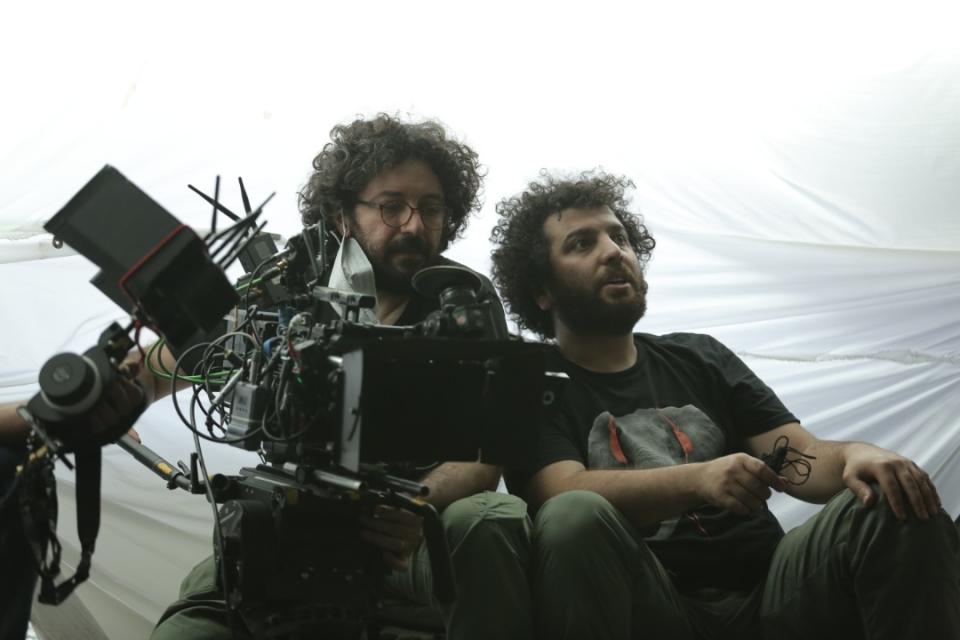
Amirhosein Shojaii
“Leila’s Brothers”
Dir: Saeed Roustaee, DoP: Hooman Behmanesh
Format: 4.5k
Camera: Alexa Mini LF
Lens: Arri Signature Prime sets, Arri Alura lightweight zoom 15/5-45mm, Arri Alura zoom 45-250mm
Behmanesh: The story of this film is about the adventures and problems of a large, low-income, Iranian family, who dream of changing their situation in the difficult days when Iran is suffering from U.S. and EU sanctions. Because of the film’s realistic atmosphere, we had to use small, real locations, and be able to move with the characters of the film in narrow spaces, and this made the work very difficult. For this reason, as well as the director’s desire to use handheld video recording techniques, I decided to use an Alexa Mini LF camera with Signature Prime lenses for its small size, and its processing power in low light and the combination of natural light with HMI, Fresnels, and LED lights. During most days we used a combination of natural light and HMI light reflected off white screens. For the night scenes it was very important that we be able to depict the dim streets and downtown neighborhoods of Tehran. For us it was very important that the viewers of the film, wherever they may be, be able to have an experience similar to the lived experiences of the film’s characters, living moment and moment in the realistic atmosphere of their difficult days and destroyed dreams. The entire efforts of my team and I was that the viewer be able to accompany the characters of the film through the alleyway and houses of Iran in the most hyperrealistic way possible, without noticing the camera or lighting design.
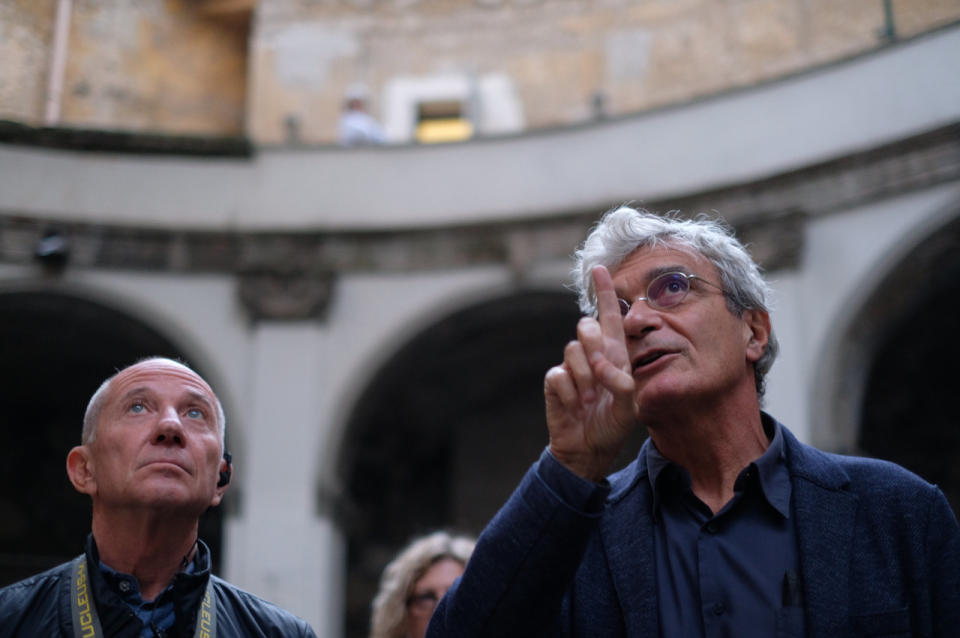
courtesy of filmmaker
“Nostalgia”
Dir: Mario Martone, DoP: Paolo Carnera
Format: Arri Raw 2.8K, 2.40:1 aspect ratio (flashback 4:3 ratio)\
Camera: Arri Alexa Mini
Lens: Canon FD/ K 35 “vintage” lenses, 40mm Xenon T0.9 (flashbacks)
Carnera: We shot the movie in 36days entirely at the Sanità neighborhood in Naples, a very popular and crowded quarter of the town that has a climbing hill, narrow streets, and many stairways. We had a tough schedule, sometimes shooting three different locations in a day. This require we use equipment that allowed us to be light and fast.
At the same time I needed to try to achieve a specific powerful image structure which could allow an element of documentary style, which at the same time is very deep and emotional photography. Many times I had to steal the real beauty we saw around the corner, to reproduce it in our frame. Many times I had to shoot the darkness of the narrowest streets, embracing the magnificent power of that specific urban nights. For this reason I asked to live in the Sanità during the entire shooting, to continue everyday, during the shooting days too, the great scouting we started with the director Mario Martone months before production. To have the opportunity to record with my eyes and my still camera new images everyday walking to and from locations.
Shooting wide open also with the Xenon 40mm, T0.9 lens was, with the 4:3 ratio, a way to give to the flashbacks a sweet, nostalgic look, similar to the projection of an old family movie.
“R.M.N.”
Dir: Cristian Mungiu, DoP: Tudor Vladimir Panduru
Format: 4.5k Arriraw
Camera: Arri Alexa LF
Lens: Arri Signature Prime
Panduru: From the start we knew that we would shoot in plan sequence, one shot per scene, that the camera moved only motivated by a movement or a character, that we would not tilt, and that we would shoot handheld. For that I need a camera to be versatile.
The story is told a lot in night time exteriors with wide surfaces of darkness that I had to light and control, or in daytime snowy exteriors. To achieve that, I needed fast lenses and a camera good with blacks and with overexposure. After some testing I chose Alexa LF and Signature Primes which I think were a good match. I pushed the sensitivity without losing details in the blacks, rating the camera at 1280 ISO or 1600 ISO, without having to compromise any of the qualities of the image. The push of the ISO was also helpful in daytime, having one stop more latitude in the top part of the curve. At times I shot wide open, in order to be able to see all the tones that I wanted and to achieve a complex atmosphere in the night scenes throughout the film.
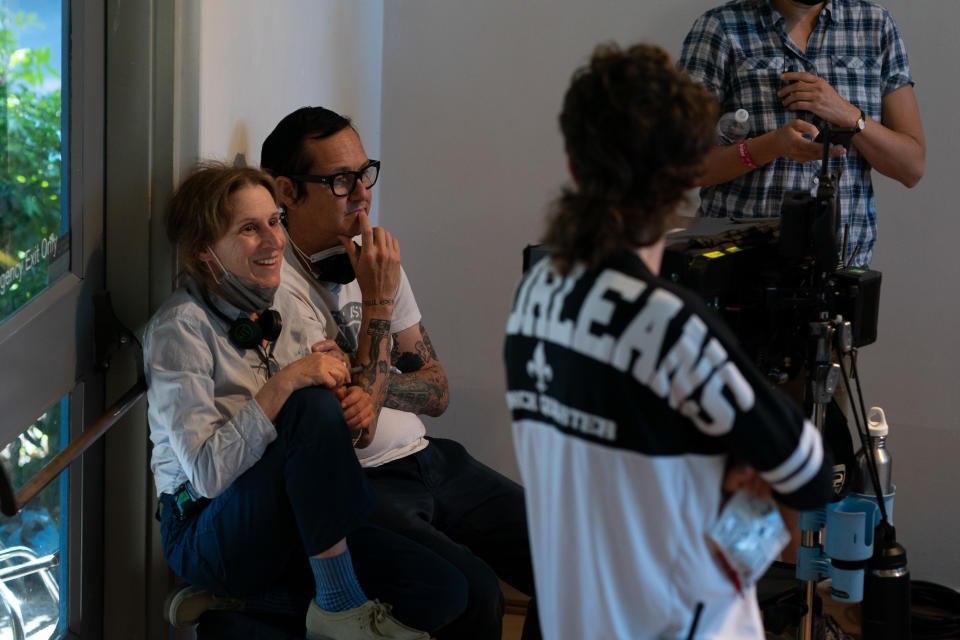
Allyson Riggs
“Showing Up”
Dir: Kelly Reichardt, DoP: Christopher Blauvelt
Format: Arriraw 3.4k
Camera: Arri Alexa mini
Lens: Kowa Cine Prominar
Blauvelt: We started testing right away in prep with Kari Fouts (lens technician) at Koerner Camera in Portland. Kari set up an incredible scenario right there on the prep floor. It consisted of a typical focus chart and Christmas lights to see specular highlights. The camera would pan to see through the big doors for bright sunlight and focus to infinity and back in to minimum focus on a glass vase with flowers in them and a moment of flashlight in the lens for maximum flare. It was a dynamic layout to say the least but the important thing was to see how these lenses reacted to different light and textures. We used different cameras and filters including Sony Venice, Arri LF, Arri Alexa Mini and Red camera. Used a lot of different lenses and filter combinations including Cooke s4, Cooke Panchros, Kowas, Optimo Primes with custom Kari Fouts diffusions backs / centers, Tiffen Black Satins and Schneider Radiant Soft diffusion filters. After the in-house testing was done for broad strokes we took what we liked out to the school where we were shooting and eventually screened everything in the theater for Kelly. Deciding our look was there with the Kowa prime lenses and Radiant Soft diffusion filters along with custom look up tables Sean Goller (dit) and Joe Gawler (post colorist) where we made our final di at Harbor Post NYC.
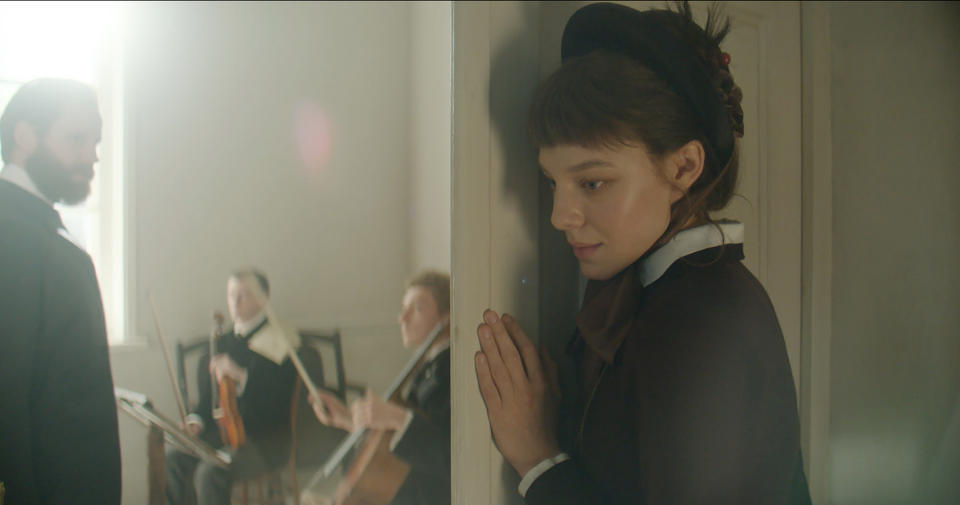
Hype Film
“Tchaikovsky’s Wife”
Dir: Kirill Serebrennikov, DoP: Vladislav Opelyants
Format: 4.5K and sometimes 2.8K Arriraw 2.35:1
Camera: Arri Alexa LF
Lens: Vantage MiniHawk
Opelyants: “Tchaikovsky’s Wife” was shot on the Alexa LF — it is a very plastic camera that offers wide range from white to black. You can see a lot of details inside this spectrum that helps to make the image more voluminous, textured and poetic at the same time. Also, it is important to know the Alexa LF matrix is as close as possible to the human eye and vision. While discussing the visual storytelling with director Kirill Serebrennikov, we were inspired by classical painting especially the Early Netherlandish paintings. The Alexa LF allowed us to bring the image as close as possible to the references that we identified. The latitude of the Alexa LF camera allowed me to experiment with black color. The true challenge for me as DOP was to completely shoot the whole movie in the pavilion — this was for the first time in my career. The main difficulty of shooting in the pavilion was precisely the imitation of the natural light. There are long takes and mise en scenes in “Tchaikovsky’s Wife,” in order not to go into documentary storytelling, we tried to preserve the cinematography of all the events taking place.
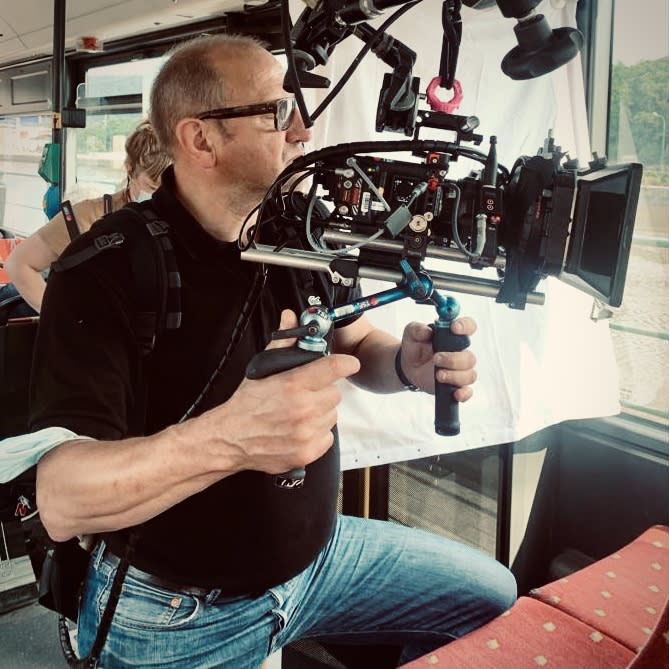
courtesy of filmmaker
“Tori and Lokita”
Dir: Jean-Pierre and Luc Dardenne, DoP: Benoît Dervaux
Format: Red R3D HQ
Camera: Red Komodo, Red Monstro
Lens: Zeiss T2.1, Zeiss Master Prime
Dervaux: The directors wanted a handheld camera style, quite rough, without stabilization. Not a camera on the shoulder but a handheld camera, very reactive, whose height can be adapted to the staging and the height of the actors. The brothers wanted a technically light shooting (a small crew, a moderate light device), this to facilitate the difficult work of staging with young non-professional actors. For those reasons, we looked for the lightest possible camera/lens rig. After numerous comparative tests between different cameras (Arri, Sony, Red, Panasonic) we went for the Red Komodo and the Zeiss T2.1
Considering the expectations of the directors, it seemed to us that this technical choice was the most judicious both from a technical and artistic point of view. This rig, totally equipped with the deported battery, weighed less than 5 kilograms. For deep nights and very low light scenes we opted for the Red Monstro at 2500 ISO, equipped with the Zeiss Master Prime.
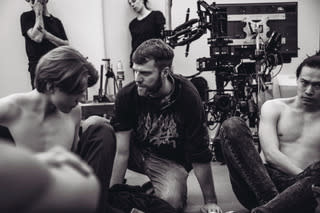
Tobias Henriksson
“Triangle of Sadness”
Dir: Ruben Östlund, DoP: Fredrik Wenzel
Format: 4.5K Arriraw HDE
Camera: Everything was shot on the Alexa LF except one night exterior that was shot on the Red Gemini in low-light mode where we needed extra sensitivity. We also shot one scene in infrared using the Red Helium with an IR sensor.
Lens: Zeiss Supreme, mainly the the 29mm
Wenzel: For “Triangle of Sadness” Hergés work and specifically Tintin stood as an inspiration. The clarity of Hergés compositions, the humor and the fact that objects and places seem to be not symbolic but rather archetypical — a boat becomes the boat, an island becomes the island, etc. We started calling it the adventure movie and for this we wanted to shoot in scope. Initially we considered anamorphic, but since we would do a lot of scenes at night around a campfire and we did not want the flaring of an anamorphic lens, we decided to shoot spherical and crop to 2.35:1. We did some comparing and ended up deciding to go with the Zeiss Supremes — very clean, subtle flaring, and extremely lightweight. You almost think they forgot to put the glass in.
Next page: Out of Competition, Premieres, and Special Screenings
Best of IndieWire
A History of Unsimulated Sex Scenes in Cannes Films, from 'Mektoub' to 'Antichrist'
New Movies: Release Calendar for May 27, Plus Where to Watch the Latest Films
20 Controversial Film and TV Book Adaptations That Rankled Their Audiences and Authors
Sign up for Indiewire's Newsletter. For the latest news, follow us on Facebook, Twitter, and Instagram.

